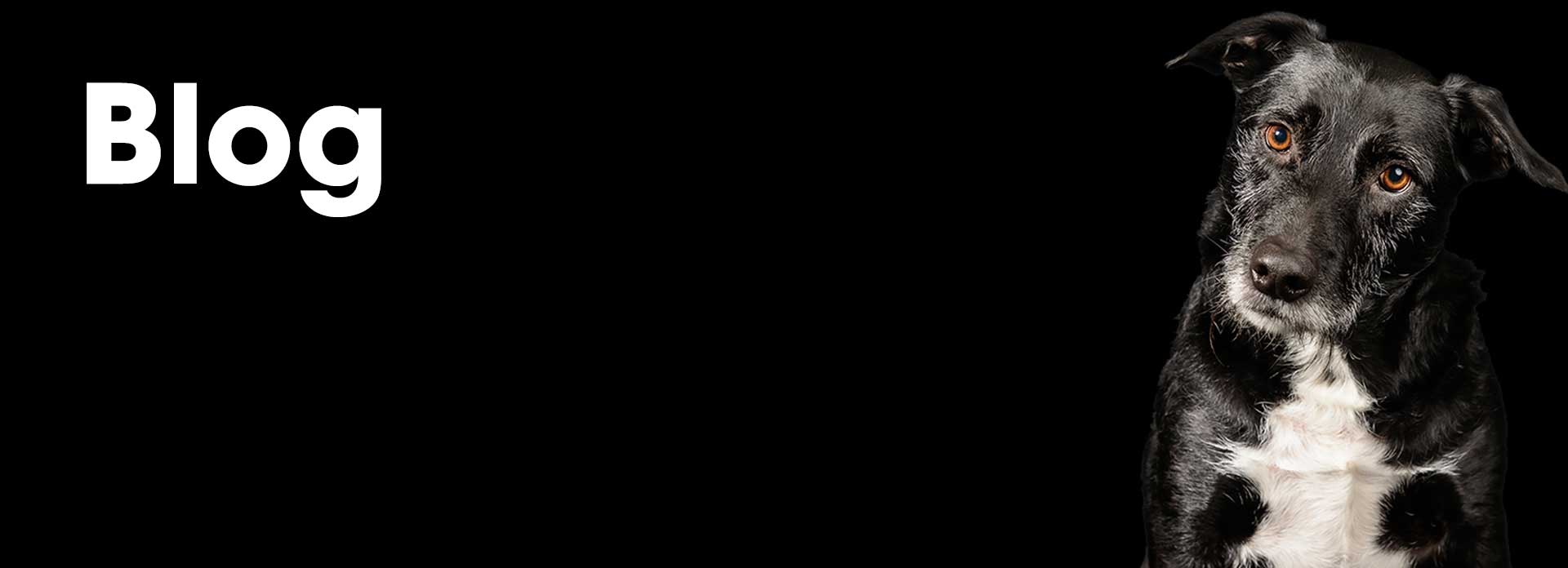You’ve adopted a new dog and are ready to take them home, but what’s next?
Your main goal should be to reduce your dog’s fear, anxiety, and stress during this important transition. Naturally, you’ll be excited to have your dog join you at home but try to remain calm and relaxed in these early days. Here are the best ways to welcome your new dog without overstimulating them:
1.) Get all the supplies you’ll need before your dog arrives. You’ll need a collar with ID tag (the dog’s name and your phone number), plus a harness, leash, soft bed, and safe, sturdy chew toys like Nylabones and Kongs.
2.) Limit the area of your home that your dog can explore to one or two rooms. Let the dog settle into the smaller space at first before you allow them to roam. This helps them to feel more comfortable before exploring a large space with many unknowns. Set up a crate or playpen as a safe space, and make sure that electrical cords, cleaning supplies and chemicals, chewable items, and other hazards are kept far away from where your dog could access them.
3.) Limit the people and animals your dog meets at first. Don’t invite other people to visit until your dog is completely comfortable with your family. You can introduce other pets after the dog is more settled. Make sure you educate yourself and follow the correct protocols for introducing animals!
4.) Always feed the dog in a space separate from children and noise. Feed just enough that the dog can finish all the food. If food is left in the bowl, the dog may want to “guard” it and may react negatively if anyone approaches the bowl. When the dog has finished eating, remove the bowl so the dog won’t try to protect it.
5.) Stability and regularity help to ease stress in dogs, so arrange a schedule that the dog can become accustomed to. This should include specific feeding times, walk times, and the times you leave and arrive home from work.
6.) Once your dog is comfortable enough to explore the rest of your apartment or house, establish the rules so your dog will know what to expect. Are they allowed on certain pieces of furniture? Are any rooms off-limits? Do you want them to sit before you place their food bowl on the floor? Whatever your rules may be, make sure the whole family follows them to avoid confusing the dog. Most important is using positive reinforcement for the dog’s desired behaviors. Don’t punish or scold them for undesired behavior.
7.) Use consistent phrases to communicate what you want, and say your dog’s name before each command. These phrases can be “go potty” for outdoor elimination, “let’s walk” for going outside on a leash, and “come here,” “sit,” and “lie down” as you gradually teach them to move at your request. Speak in a calm voice and maintain eye contact with your dog when you say a command. And always praise your dog for responding correctly!
8.) Establish a veterinarian relationship as soon as possible. Take your dog’s previous history, medical records, and vaccine records so that your vet has a record of when certain vaccinations and regular care need to happen. Reward your dog throughout the visit to ease their fear.
9.) To avoid teaching your dog unwanted behavior, never allow anyone to play rough with them and vice versa. Always interact gently and firmly with your dog, and always treat them with kindness.
